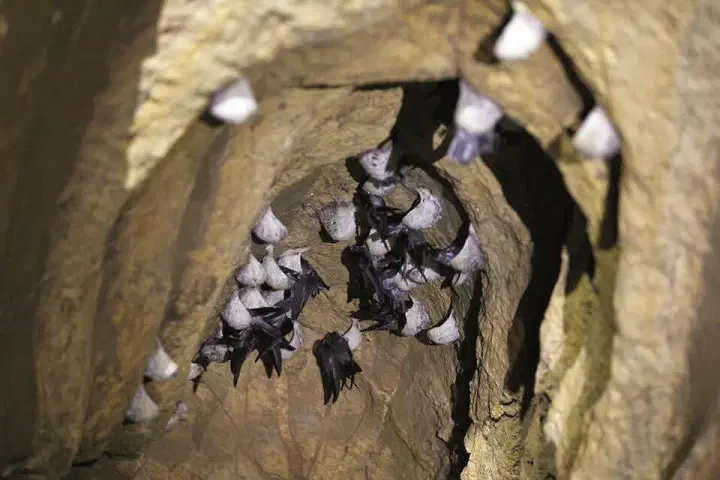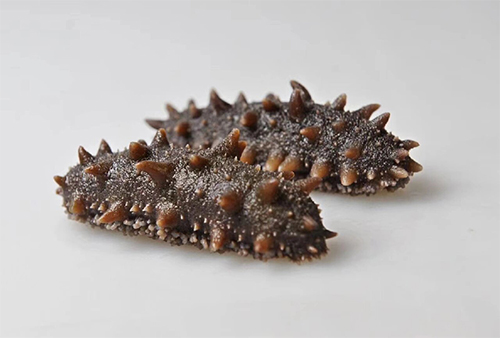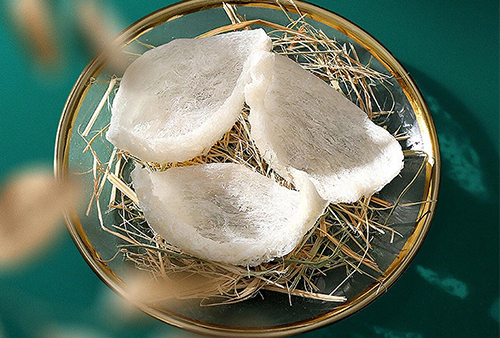Compared with Malaysian and Indonesian bird's nest, which one is more nourishing for women?
The high quality standards of bird's nest in Malaysia and Indonesia are mainly reflected in processing technology, environmental adaptability, nutritional value, and regulatory systems.
First of all, in terms of processing technology , Malaysian bird's nest processing technology is more advanced, using ultra-high standards of environmental awareness and effective GAHP management, with strict hygiene supervision, the quality of bird's nest produced far exceeds other origins. In contrast, more than 95% of Indonesian bird's nest is produced by Sanwu family small workshops, while Malaysian bird's nest processing is generally dominated by wet picking. This traditional processing method helps to maintain the original taste and nutrients of bird's nest.
Secondly, in terms of environmental adaptability and nutritional value, due to the differences in the natural environment in which swiftlets live, the stewing tolerance and taste of Malaysian and Indonesian bird's nests are different. Indonesian bird's nests are more resistant to stewing and taste better, while Malaysian bird's nests are not resistant to stewing. In addition, studies have pointed out that from the experimental data, the nutritional value of Malaysian bird's nests is slightly inferior to that of Indonesian bird's nests.
Furthermore, in terms of regulatory system , Indonesia's regulatory system is relatively not strict, so the possibility of bird's nest counterfeiting and bleaching is greater . And Malaysia has better guaranteed the quality of its bird's nest because of its developed bird's nest technology and strict management.
Finally, with the release of the "Bird's Nest Products" industry standard, high-quality bird's nest has more clear standards and requirements . These standards involve the processing technology, nutritional content and safety standards of bird's nest, which provide specifications for the quality of bird's nest products.

The processing technology of bird's nest in Malaysia and Indonesia mainly has the following specific differences:
1. Different processing methods: Indonesia's bird's nest processing is mainly dry picking, while Malaysia is mainly wet picking. During the wet picking process, the hair picker will use a wet towel to wet or soak the bird's nest in water to soften it for easy picking, and then air dry it for setting.
2. Differences in texture and taste of bird's nest: Malaysian bird's nest is soft in texture and belongs to filament bird's nest, which requires a short soaking time. The color is natural beige, the taste is soft and smooth, delicate and dense, and the flavor is rich. In contrast, Indonesian bird's nest is a coarse silk bird's nest, which requires a longer soaking time. Due to the large production volume and the difference in growth environment, bird's nest is relatively dry, the appearance is yellowish, the stewing resistance is better, and the taste is more chewy.
3. Comparison of stewing resistance: Indonesian thick silk bird's nest is more resistant to stewing, and the stewing time is recommended to be about 50 minutes after the water boils; while the stewing time of Malaysian bird's nest is also controlled at about 50 minutes.
These differences reflect the differences in traditional processing habits between the two countries, as well as the different pursuit of bird's nest texture, taste, and stew resistance.

What are the comparative studies on the nutritional value of bird's nest in Malaysia and Indonesia?
A comparative study of the nutritional value of Malaysian and Indonesian bird's nests shows that there are differences in some nutrients between the two, but overall, they are both highly nutritious. First, in terms of sialic acid content , the sialic acid content of Malaysian white swallow is 10.79%, while the sialic acid content of Indonesian white swallow is 10.08% . This shows that although the difference between the two is not large, the sialic acid content of Malaysian bird's nests is slightly higher than that of Indonesian bird's nests.
The main nutrients of bird's nest are protein, including essential amino acids and conditionally essential amino acids. Bird's nest is rich in amino acids and relatively high in protein content. In addition, bird's nest also contains a large number of mucin, glycoprotein, calcium, phosphorus and other natural nutrients, which have the functions of moisturizing lung dryness, nourishing kidney yin and replenishing deficiency. Modern scientific research shows that 1000 grams of dried bird's nest contains 499 grams of protein, 429 milligrams of calcium, 306 grams of carbohydrates, 30 milligrams of phosphorus, 104 grams of water, and 49 milligrams of iron.
Although Malaysian and Indonesian bird's nests are different in some nutrients, as long as they are purely hand-picked bird's nests, whether it is Indonesian bird's nests or Malaysian bird's nests, their nutritional value will not be much different. Therefore, it can be considered that Malaysian and Indonesian bird's nests are generally similar in terms of nutritional value, and the main difference may be the difference in the content of specific nutrients.

The impact of Sanwu family workshop production in the Indonesian bird's nest market and its impact on consumer health are mainly reflected in the following aspects:
Food safety standards vary: According to the "Basic Requirements for Quality and Safety Control of Small Food Production and Processing Workshops" (GB/T 23734-2009), small food workshops should implement national food safety standards, local standards and district and county food quality standards. However, due to the difficulty of supervision, some small workshops may fail to strictly abide by these standards, resulting in potential safety hazards in the bird's nest products they produce.
Health conditions are worrying: The State Administration of Market Supervision emphasizes strengthening the supervision of food production in small workshops, focusing on inspecting the hygiene conditions of small workshops. If the hygiene conditions of small workshops do not meet the requirements, it may lead to food contamination, which in turn affects the health of consumers.
The bird's nest products produced by Sanwu family workshops in the Indonesian bird's nest market may pose a potential threat to consumers' health due to reasons such as non-compliance with food safety standards, poor hygiene conditions, use of inferior raw materials or excessive additives. At the same time, the existence of regulatory difficulties makes this problem more complicated. Therefore, strengthening the supervision of food workshops and ensuring that their production activities meet national food safety standards is the key to safeguarding consumers' health.
What are the differences in the regulatory regimes for bird's nest in Malaysia and Indonesia, and how do these differences affect product quality?
There are some differences between Malaysia and Indonesia in the supervision system of bird's nest, which are mainly reflected in animal quarantine measures, food safety supervision, and inspection and quarantine requirements.
First of all, Indonesia has implemented specific animal quarantine measures for the import and export of bird's nest, which is stipulated by the Indonesian Ministry of Agriculture Regulation No. 26 of 2020. This shows that the Indonesian government has taken stricter animal quarantine measures for the import and export of bird's nest products to ensure the safety and hygiene of bird's nest products.
Malaysia, by contrast, has emphasised tighter food safety supervision of bird's nest exports to China to ensure they meet Chinese food safety standards, which means that when exporting bird's nest, Malaysia places greater emphasis on meeting the food safety requirements of target markets such as China.
The main differences in the regulatory regimes for bird's nest between Malaysia and Indonesia lie in the specific regulations on animal quarantine measures, the regulatory focus on food safety, and the specific requirements for inspection and quarantine. The way these differences affect product quality is mainly reflected in ensuring the safety, hygiene conditions, and food safety standards of bird's nest products in the target market. Through these regulatory measures, both countries are working to improve the quality and safety of bird's nest products in order to protect the interests of consumers.
The "Bird's Nest Products" industry standard ensures the production of high-quality bird's nest through clear quality requirements, classification definitions, and standardized control and management of the entire chain, thus ensuring the food safety and health of consumers.



